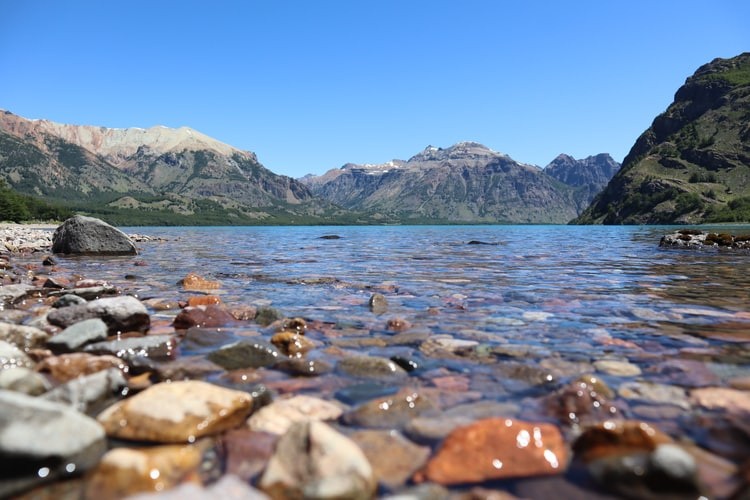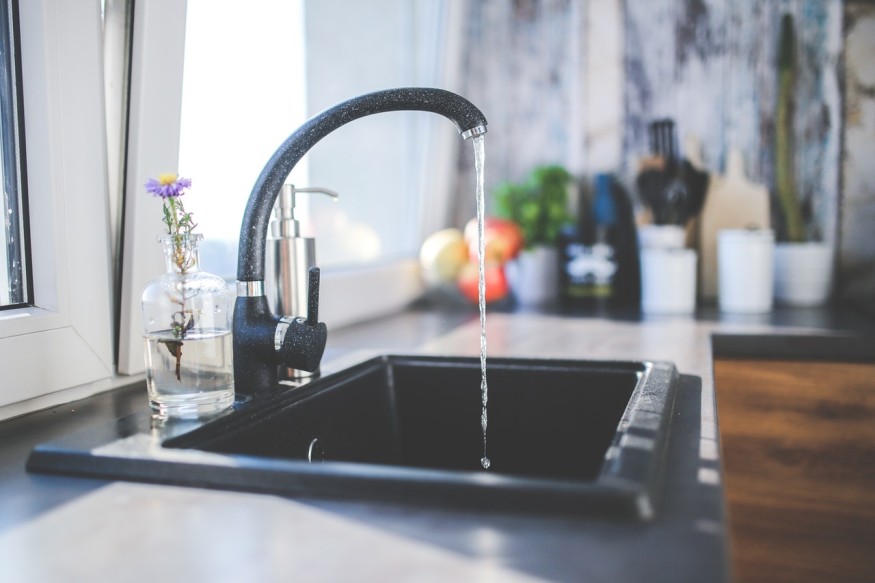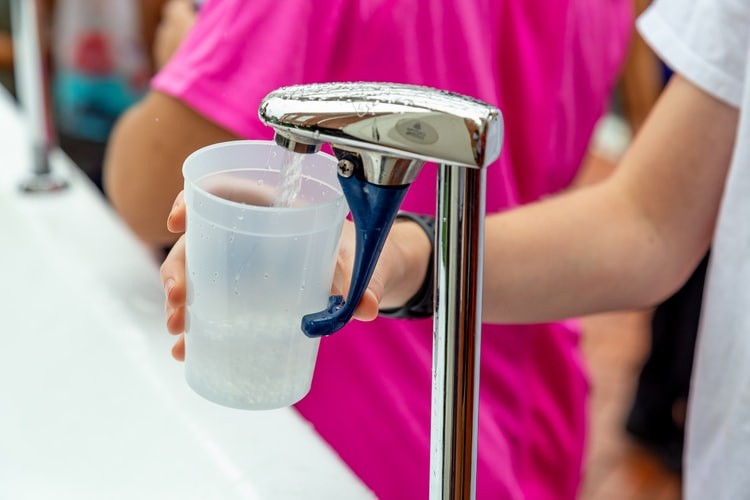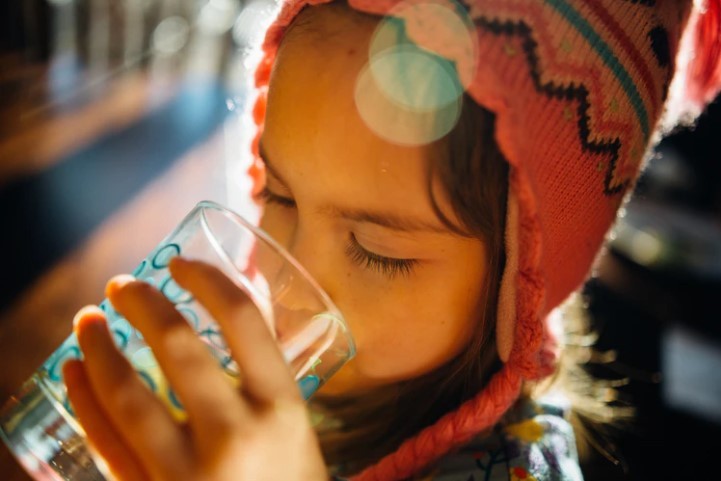Water that is safe to drink is essential for the life of almost all living things. However, disasters do happen when water sources are contaminated.

It is essential to learn how to properly clean dirty water before drinking it.
Filtering water is a smart way to make sure you're drinking clean water.
Given that many can buy bottled water that has already been purified, a consumer can still filter their own water on their own accords.
Why Should We Filter Water?
The Environmental Protection Agency (EPA) establishes such requirements for tap water in American homes. However, this may not be sufficient to meet the water quality objectives.
Tips
Here are 3 important tips when filtering at home
No One Filter Fits All

Consumers can choose from a variety of filter options. The roles they want a filter to have will determine which kind is best for them-or if they really need one at all. Since no filter can remove all contaminants, it's crucial to know what filters can and can't do.
Keep in mind that most manufacturers offer a variety of filter options. Salespeople may be able to assist you in making an acceptable choice, but keep in mind that they are sometimes paying to promote a certain brand. Before you buy a filter, double-check the statements and read the fine print on the package to make sure it will fit your needs.
Never assume that if one contaminant is removed, the filter will eliminate others. Chemical filters also fail to successfully eliminate germs and vice versa. Reverse osmosis, ion exchange, and distillation systems, which extract contaminants from water, can also remove fluoride.
Star by Boiling

It is safe to drink water that has been brought to a rolling boil for 1 minute.
As long as you let the water boil for at least one minute, this is an incredibly successful way of destroying pathogens. Although boiling water many times a day might not be easy, keep in mind that if you're already boiling water for your evening meal or morning coffee, you won't need any extra filtration.
Learn Chemical Disinfection

Chemical disinfection can be slow but practically inexpensive, and it works against most bacteria and viruses.
To remove contaminants in water, use small quantities of liquid iodine or iodine pills. Iodine, like chlorine, is a solvent that can only be used for a brief period of time.
While it might seem strange, chlorine may be used to purify water in an emergency. However, working with bleach can be unsafe because it is a solvent, and strict guidelines must be followed to ensure proper protection and successful water treatment.
First, double-check that you're using a chlorine bleach that's not soap-free and unscented.
For more environmental news, don't forget to follow Nature World News!
© 2025 NatureWorldNews.com All rights reserved. Do not reproduce without permission.





